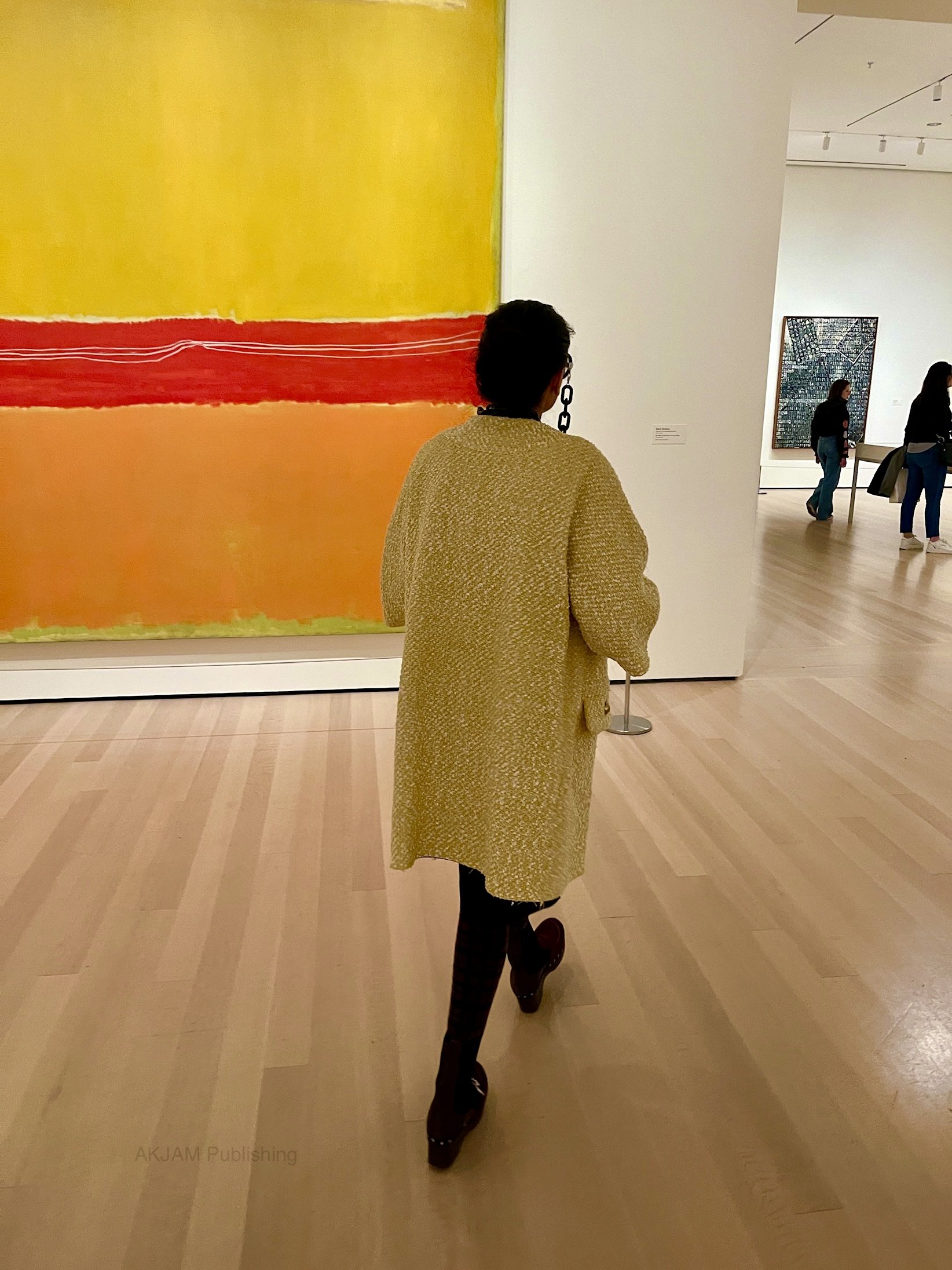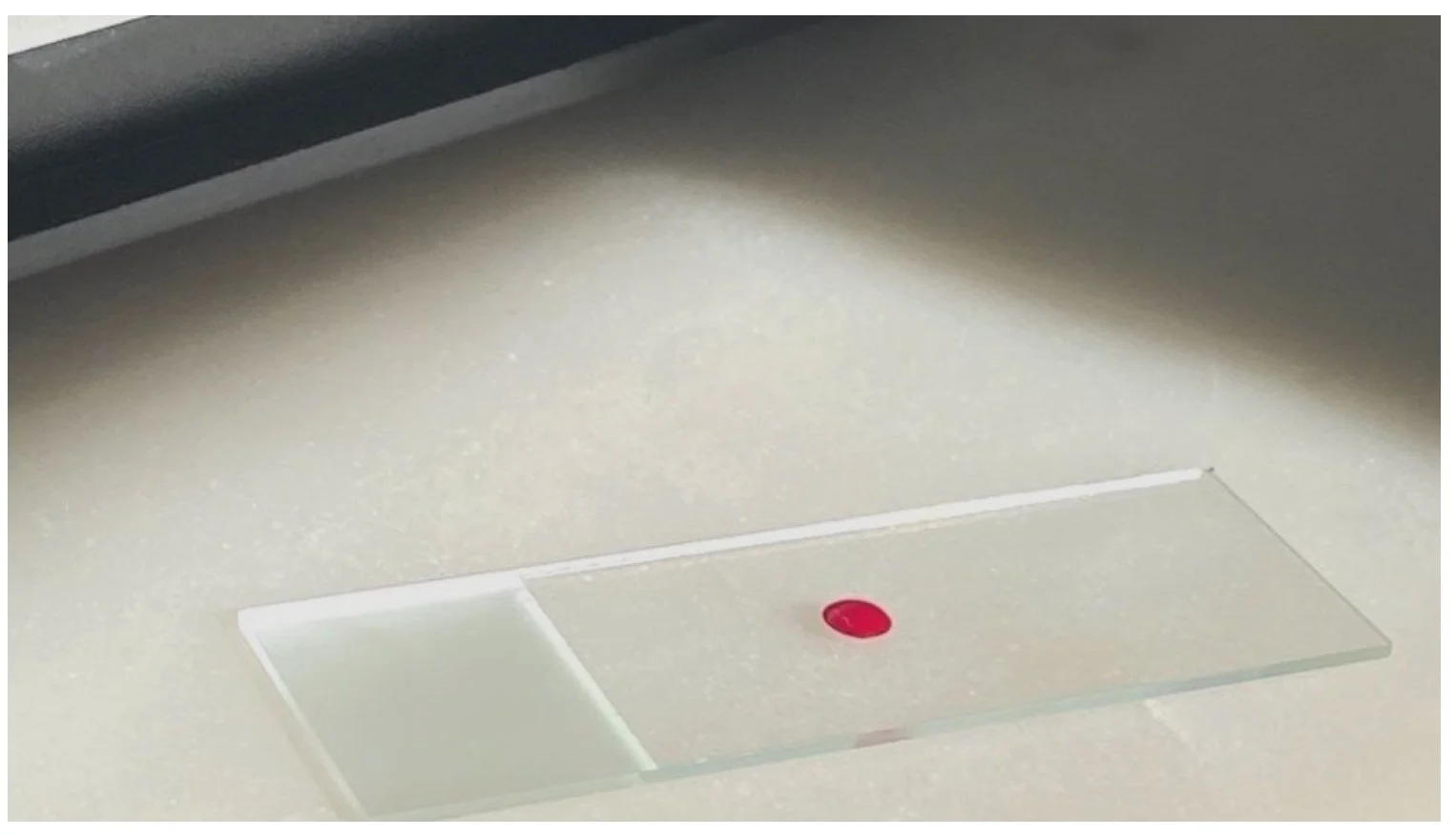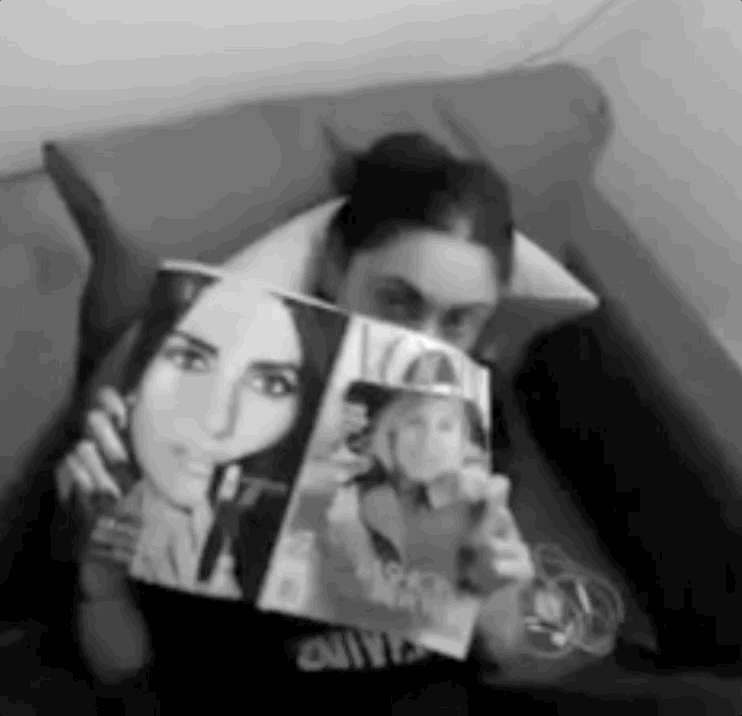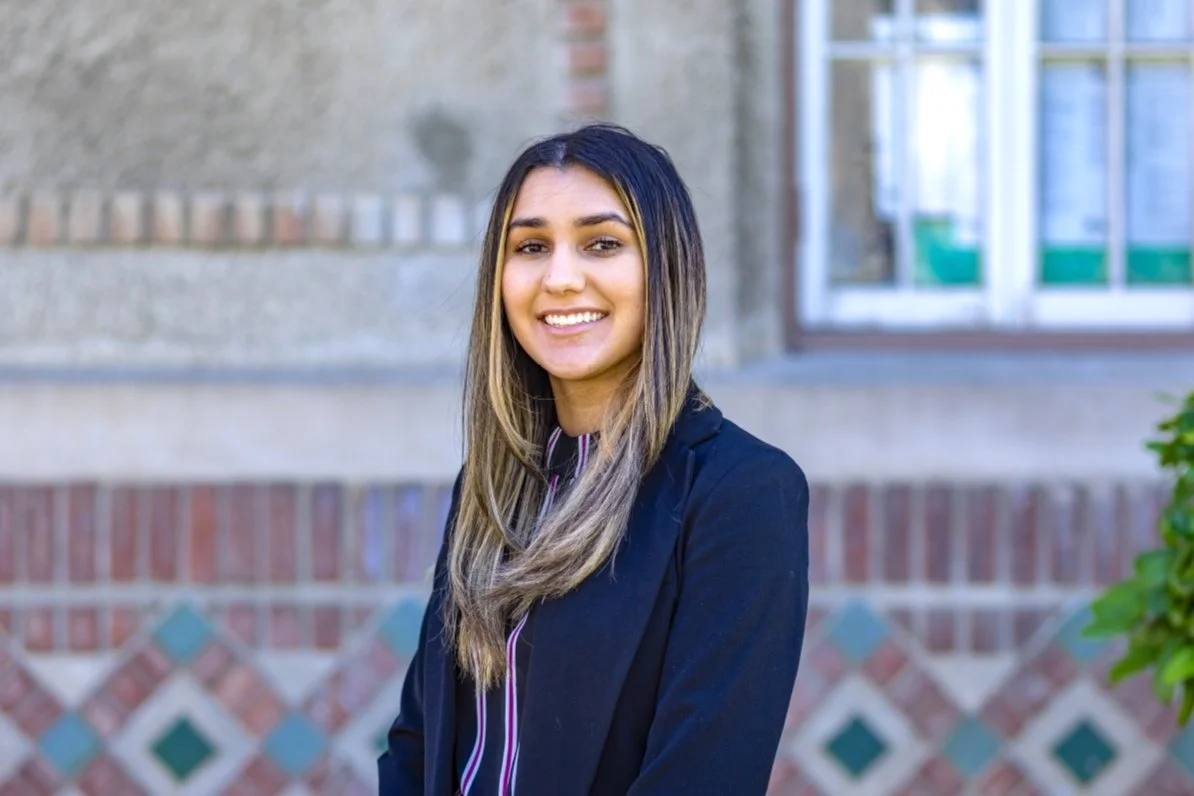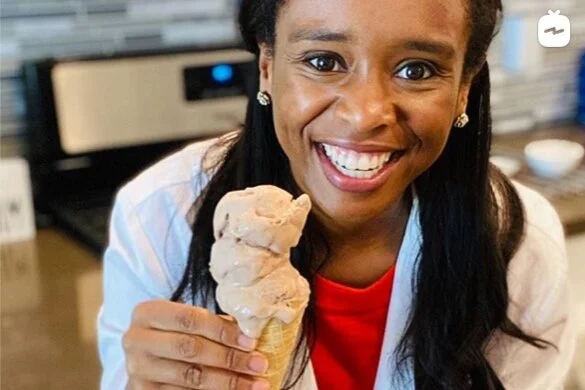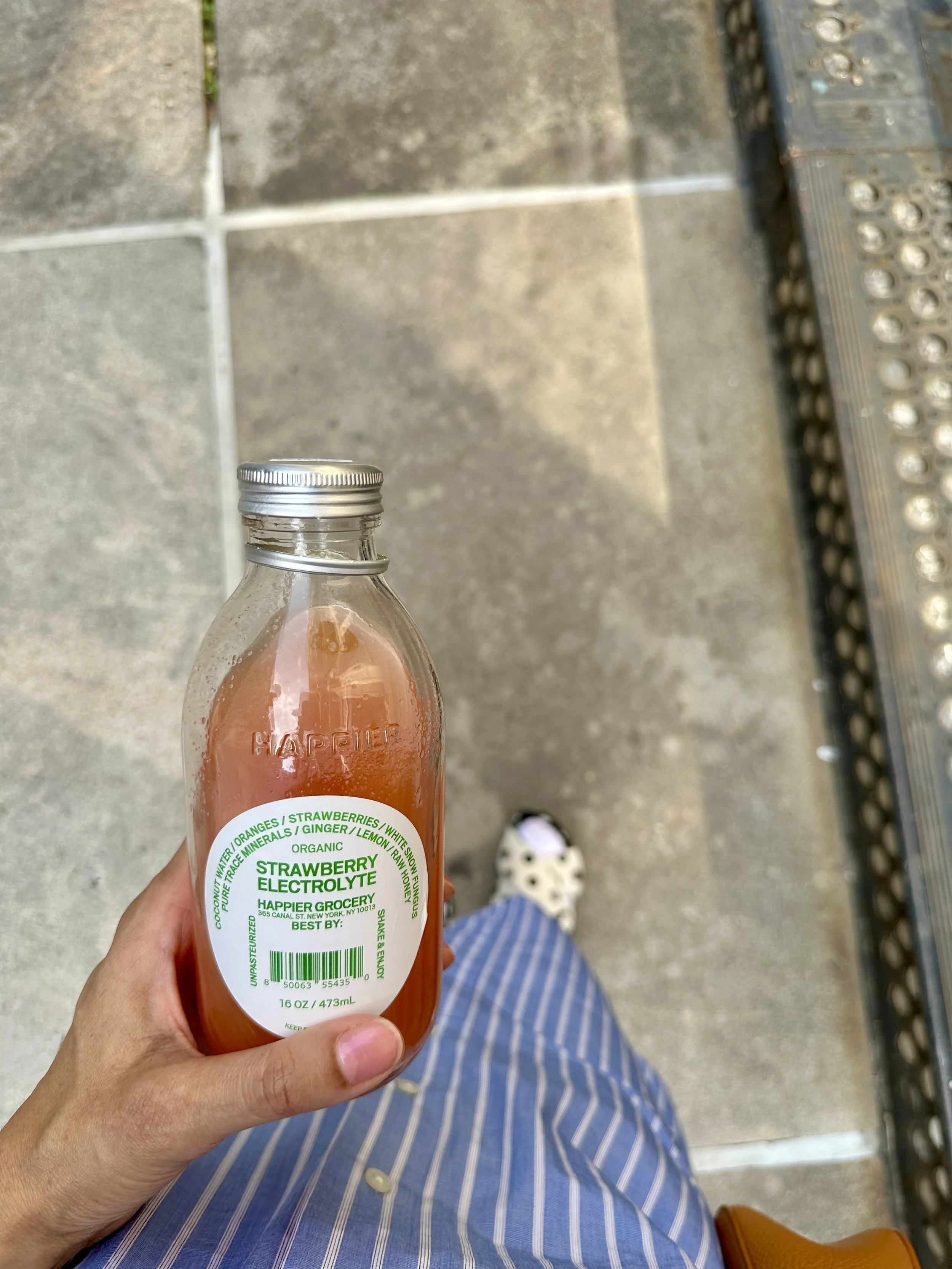Henrietta Lacks = HeLa: Ethics Discarded
The world’s first immortal cell line, HeLa, was derived from a mother of 5 who lived in a small town in Baltimore, got cervical cancer, and was intent on having her nails polished, people fed, and her children taken care of. Her name was Henrietta Lacks and those cells were pilfered from her womb.
Her Uterus, Her Womb, Her Life
Henrietta Lacks gave birth to two children, Deborah and Zakariyya (born Joseph) within the time that she initially felt a “knot” in her cervix to the time that she sought medical assistance for increasingly visible symptoms. Within 8 months’ time, through medical monitoring, removal of tissue, and treatment, the cancer spread to vital organs and become debilitating. We now know that a form of HPV (Human Papilloma Virus), a virus that infects cells and produces a protein that halts p53 activity (a tumor suppressor gene), was the cause of triggering the development, accelerated growth, and spread of her cervical cancer.
When Mrs. Lacks sought treatment at Johns Hopkins in 1951, one of her medical overseers, Dr. Richard TeLinde, was researching cervical cancer using patient tissue samples, including Henrietta’s. Nothing in the patient consent form signed by Lacks informed her of tissue removal for research because it was not legally required until 1965 by the NIH (National Institutes of Health). Dr. Telinde was the chief advocate for the importance of educating patients about the outcome of cervical cancer treatment. Yet prior to starting her radiation therapy, he did not inform Mrs. Lacks that she would become infertile. Upon completion of her treatment, Henrietta told another doctor that she would have bypassed treatment if she knew of the outcome. Was this crucial information purposely withheld to facilitate retrieval of much needed tissue for research?
Used and Discarded
After the cancer spread, Henrietta’s doctors referred to her as a “miserable specimen” and discontinued her blood transfusions due to an unfulfilled debt to the hospital’s blood bank. Henrietta’s final request was that her children, especially Deborah, were taken care of and that nothing bad would happen to them. Because the law stated that performing an autopsy or removing tissue from a deceased person required consent, Henrietta’s doctors convinced her husband Day to sign-off on an autopsy by stating that it ‘would benefit his children’. Of note, during this era medical professionals felt justified to perform research on patients receiving free medical treatment without consultation or consent. If a common practice was to use patients for studies as a payment for their free treatments, then why was Henrietta indebted to the hospital that was successfully using her tissue cells?
Birth of Tissue Culture
When Dr. TeLinde and Dr. George Gey, head of tissue culture research at Johns Hopkins received Henrietta’s initial tissue sample, they hit the research jackpot- hers were the first human cells to grow outside of the body. Dr. Gey’s tissue culture system had failed and halted his pursuit for a cure for cancer until this point. Without Henrietta’s cells, Dr. Gey would have been stuck at step one: getting cells to survive.
After Dr. Gey sent the cells free-of-charge to researchers all over the world, Microbiology Associates (MA) began to produce and sell an entire cell culturing system that revolved around HeLa. This greatly advanced the field of cell culturing and boosted countless medical and scientific careers. Some early scientific and medical breakthroughs made using HeLa cells were: trials on the Polio vaccine, development of cell culturing and distribution, genetics studies, cell cloning, and inhibiting HIV infection and replication. This became a multi-billion-dollar industry, and the profits from the sales of the HeLa cells and other human biological materials went to MA.
Henrietta Who?
Part of the reason for the Lacks family being unaware for 20 years of their matriarch’s cells being used for innovations in research and medicine, was that reports misnamed her: she was cited under Henrietta Lakes, Helen L., and Helen Lane. Patient confidentiality was not a law, but Dr. Telinde mentioned a ‘risk of trouble’ by using her name publicly. Another factual error that appeared in publications about HeLa was that Dr. Gey took the cells after her death. It was not until 1973 that Henrietta’s correct name was published in the prominent science journal Science. Still, the Lacks’ would not have known unless a family friend informed them that he worked on HeLa at the National Cancer Institute. Moreover, it was not until 1975 that they were made aware, by the Rolling Stones reporter Michael Rogers, of the sale of the cells.
A history of publicly disclosing patients’ names highlights discrepancies in the realm of medical research. The young poster-boy in the fight against cancer, named Einar Gustafson, was referred to as “Jimmy” in 1948. In 1970 Dr. Herbert D. Soule isolated cells from a nun named Frances Mallon in Michigan to develop the MCF-7 (Michigan Cancer Foundation) breast cancer cell line. If Sister Mallon knew her cells would become one of the most published lines in breast cancer research, would she have asked that the profits be donated? In 1973, the HEK (Human Embryonic Kidney cells) were first generated by Alex van der Eb in the Netherlands after retrieving them from an unidentified woman who underwent an abortion. Does Jane Doe know her aborted fetus was used and is sold for nearly the same amount as HeLa cells?
Family Genes
In 1973, Dr. Victor McKusick’s lab contacted the Lacks family because it was to begin studying genetics as part of the Human Genome Project. They initially sought to isolate DNA from the blood of Day and Henrietta’s children, but then only from Deborah. A lead researcher, Susan Hsu, believed she thoroughly explained to the Lacks’ that the genes in their blood was to be compared to the genes in HeLa cells. However, Deborah repeatedly donated her blood under the impression that the researchers were performing cancer testing, which did not exist at that time. Despite implementations of guidelines by the NIH for consent and review by the Hopkins board for all research involving humans- any lab that received money from the NIH needed to follow these guidelines- Hsu did not concede the need for the Lacks’ consent for taking their blood.
McKusick and Hsu published the genetic information of the Lacks’ in an article about HeLa cells, and Hsu has stated that not only was this the greatest work that she had done, but also saw the great potential in using the Lacks’ blood with the advancements in DNA technology. It was not until 2013 that the family and NIH agreed that anyone wanting to use the family’s genetic information would need to get approval from the family. Is it questionable that the only agreement between the Lacks family and the medical/science industry was made about something that does not generate a monetary profit?
As the story of Henrietta Lacks and HeLa cells gradually unfolded, several individuals and organizations eagerly honored Henrietta: Turner Station (Henrietta Lacks Foundation), BBC (documentary), Dr. Roland Pattillo (HeLa Cancer Control Symposium), and the National Cancer Research Foundation. Honors are great, but they don’t provide a living wage. Christoph Lengauers at Johns Hopkins was the first person in research to suggest to the Lacks’ that they were owed some of the profits from the sale of the cells. Prior to this, Johns Hopkins had emphasized that they did not benefit monetarily from the cells. The family had hoped that the true story about HeLa and Henrietta would be brought to light through these tributes. Still, the family was concerned that others were receiving a monetary profit off of Henrietta and her story.
Bottom Line
We cannot definitively conclude if Henrietta Lacks would have consented to her cells being taken for research. Dr. Gey developed cancer and asked that his cells be surgically removed for research. To his vehement dismay, the surgeons decided not to follow his orders because he was deemed “inoperable”. It is important that each person be able to choose what they want to do with their body or designate someone to speak for them. Mrs. Henrietta Lacks was not given either option.
References:
Skloot, R. (2011). The immortal life of Henrietta Lacks. New York, NY: Penguin Random House.
Lee A.V., Oesterreich S., Davidson N.E. (2015). MCF-7 Cells—Changing the Course of Breast Cancer Research and Care for 45 Years. J Natl Cancer Inst 107 (7)
FASHIONABLE SCIENCE™



